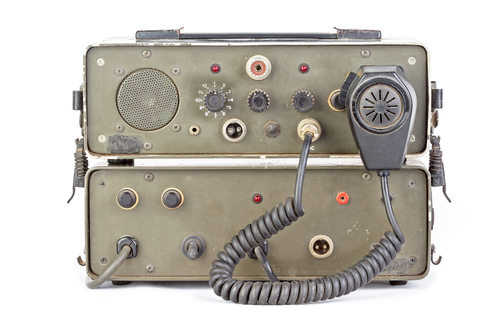The Radio Equipment Directive 2014/53/EU, or RED, came into force in June of this year. This new Directive replaced the Radio and Telecommunications Terminal Equipment Directive 1999/5/EC for wireless equipment, also called the R&TTE Directive. There is a one-year transition period for the RED so until June 2017 you can choose an appropriate compliance path, or compliance module, from either Directive. There are a few changes with the new Directive that will be discussed in this article.

First, let’s define the type of equipment that is within the scope of both Directives.
The scope and definitions of the R&TTE Directive 1999/5/EC is below.
R&TTE 1999/5/EC, Article 1 (Scope and Aim) (1.)
- This Directive establishes a regulatory framework for the placing on the market, free movement and putting into service in the Community of radio equipment and telecommunications terminal equipment
R&TTE 1999/5/EC, Article 2 (Definitions) (b) & (c)
(b) ‘telecommunications terminal equipment’ means a product enabling communication or a relevant component thereof which is intended to be connected directly or indirectly by any means whatsoever to interfaces of public telecommunications networks (that is to say, telecommunications networks used wholly or partly for the provision of publicly available telecommunications services);
(c) ‘radio equipment’ means a product, or relevant component thereof, capable of communication by means of the emission and/or reception of radio waves utilising the spectrum allocated to terrestrial/ space radiocommunication;
Radio Equipment Directive 2014/53/EU, Article 1 (Subject matter and scope) (1.)
- This Directive establishes a regulatory framework for the making available on the market and putting into service in the Union of radio equipment.
Radio Equipment Directive 2014/53/EU, Article 2 (Definitions)
(1) ‘radio equipment’ means an electrical or electronic product, which intentionally emits and/or receives radio waves for the purpose of radio communication and/or radiodetermination, or an electrical or electronic product which must be completed with an accessory, such as antenna, so as to intentionally emit and/or receive radio waves for the purpose of radio communication and/or radiodetermination;
From the outset, as demonstrated above, we can see that the R&TTE Directive covers radio equipment and telecommunications terminal equipment (read that as “wired”) while the RED us for radio equipment, only. There are three other ‘major differences’, please read on.
The second big difference between the R&TTE is the lowering of the frequency limit. The R&TTE applied to radio equipment from 9 kHz to 3,000 GHz (see 1999/95/EC, Article 2 (d)) while the RED applies to radio equipment operating below 3,000 GHz (see 2014/53/EU, Article 2 (1. (3)).
Thirdly, the R&TTE Directive allowed the manufacturer to choose to comply with either the R&TTE Directive or the Low Voltage Directive and the EMC Directive, as long as the radio module used in the device was suitably approved to the R&TTE Directive (see Article 10 (2.)). What this means is that if your product incorporated a wireless module that was already tested, evaluated, found to be compliant, and had a CE marking with a claim to the R&TTE Directive then you could follow the conformity modules available in the Low Voltage Directive and the EMC Directive instead of the R&TTE Directive for the overall apparatus. This option is not available in the RED.
Finally, the RED has a new requirement for the registration of products that fall into a product type that is commonly non-compliant. See Article 5 below.

There are other changes and some differences not addressed in this article. Many are the same changes in the other NLF Directives. Another is the introduction of the simplified EU declaration of conformity. We will publish more articles regarding the new Radio Equipment Directive 2014/53/EU in the future and will discuss more changes brought in with the Radio Equipment Directive 2014/53/EU and others.
Before I close this article I want to discuss one more issue regarding the RED. That issue is the use of harmonized EN standards for the proof of compliance to the Directive. For now (as of September 15, 2016) there are only eight official, harmonized EN standards for proving compliance to the RED. By ‘official’ I mean they were published in the Official Journal of the European Union. That list is here: RED harmonized EN standards.
There are a number of harmonized EN standards that are applicable to the R&TTE Directive. The official list is here: R&TTE harmonized EN standards. We suggest you bookmark that link because the list has been removed and from the official European Commission page for radio equipment. The R&TTE Directive is three months into its 12-month final tour and so the EU has removed reference to the R&TTE standards and replaced it with the list of eight RED standards. This is important because between now (September 2016) and the end (June 2017) the guidance we have received from the EU RED Notified Body we partner with for EU-type examinations (the formal review process for technical documentation and reports that is required for some radio products) is that you are able to use either the R&TTE standards or the RED standards to prove compliance to the RED. It is expected that the official RED list will be populated with most or all of the R&TTE standards by next June anyway.
F2 Labs is here to help.
Have a question or a comment? We can be contacted via this link. We can be reached by phone at 855-652-7281 and are here to help you.

